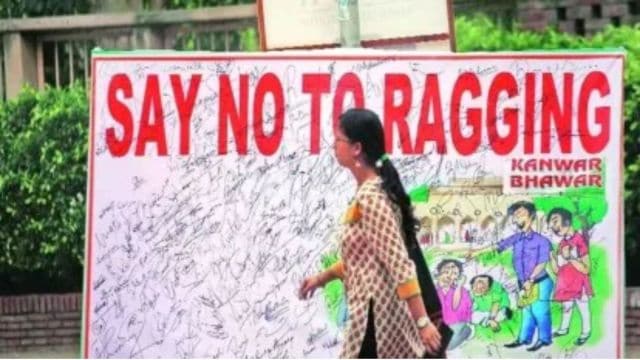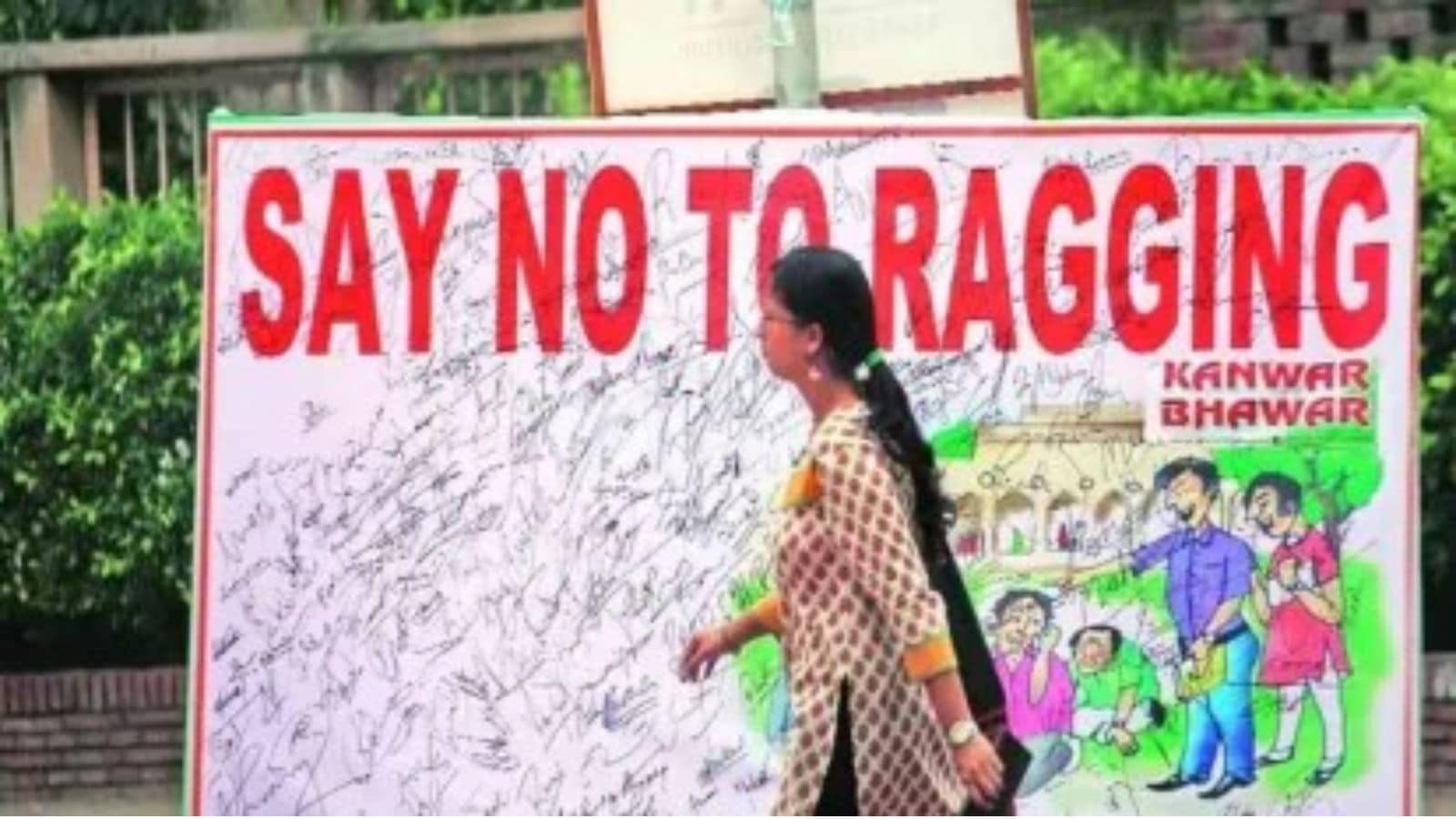

P John J Kennedy
Feb 21, 2025 19:00 IST First published on: Feb 21, 2025 at 18:46 IST
It was supposed to be a fresh start for a young nursing student in Kerala who walked into his college campus full of dreams and aspirations, only to find himself trapped in a nightmare. Before the shock of his ordeal could fade, reports about another horrifying incident of ragging at a college in Trivandrum on February 11 unfolded. Such incidents of ragging involving violence and torture at colleges in Kerala have once again opened the festering wound of institutionalised abuse in India’s educational system. What makes these incidents even more jarring is the fact that Kerala, a state known for its progressive policies and early adoption of anti-ragging laws, continues to grapple with this menace. Despite strict laws, awareness campaigns, and warning signages, the culture of ragging persists.
Ragging, once romanticised as a harmless rite of passage, has now been exposed for what it truly is: A form of systemic abuse that leaves lifelong psychological scars. The irony is stark — this practice thrives in professional institutions, where students are expected to embody responsibility and empathy. Medical colleges, of all places, where future healers are trained, have become hotbeds for this cruelty. How did we get here? And why does this cycle of abuse persist despite decades of awareness and legal interventions? Over the past decade, ragging has claimed lives, shattered careers, and left countless students traumatised. According to data from the University Grants Commission (UGC), at least 25 students have died by suicide due to ragging-related trauma between 2018 and 2023. In 2022, over 1,000 ragging complaints were registered across Indian educational institutions and in 2023-24 too, 1,240 cases were reported to the UGC’s helpline. These numbers, however, are just the tip of the iceberg. Many cases go unreported due to fear of retaliation or institutional apathy. Ragging incidents occur disproportionately in professional colleges, with medical and engineering institutions topping the list. These statistics paint a grim picture of a system that has failed to protect its most vulnerable members.
Story continues below this ad
To understand ragging, we must examine the psychological and sociological underpinnings of this behaviour. Erving Goffman, a renowned sociologist, is one among many who has argued that institutions often create hierarchies that perpetuate power dynamics. In this context, ragging becomes a tool for seniors to assert dominance and control over juniors. It’s a twisted way of maintaining the status quo, where the abused eventually become the abuser, creating a vicious cycle. Psychologically, ragging can be linked to the concept of “moral disengagement,” a theory proposed by Albert Bandura. This theory suggests that individuals justify harmful behaviour by disassociating it from their moral framework. Seniors who rag often convince themselves that they are “initiating” juniors into college life or “testing” their resilience. This cognitive distortion allows them to overlook the harm they inflict. In addition, peer pressure and the desire for social acceptance play a significant role. A study published in the Journal of Adolescent Health found that students who rag often do so to gain approval from their peers or to avoid being ostracised themselves. In a society that glorifies conformity, ragging becomes a way to fit in, even at the cost of someone else’s well-being.
One of the most baffling aspects of the ragging issue is the lack of effective intervention from educational institutions. Despite stringent laws like the UGC Regulations on Curbing the Menace of Ragging, 2009, many colleges turn a blind eye to such incidents. Why? The answer lies in a combination of institutional reputation and cultural normalisation. Colleges often downplay ragging incidents to protect their image. The notion that ragging is a “survivable offence” or a “rite of passage” leads to lenient consequences for perpetrators. In many cases, complaints are dismissed, and victims are pressured to stay silent. Another critical factor is the lack of independent monitoring mechanisms. While some institutions have anti-ragging committees, these bodies are often ineffective due to bureaucratic red tape or conflicts of interest. Without swift and stringent action against offenders, the cycle of abuse continues unabated.
To truly eradicate ragging, a multi-pronged approach is needed. First and foremost, institutions must prioritise the safety and well-being of students over their reputation. Independent monitoring committees, comprising external experts and mental health professionals, should be established to ensure impartiality. Secondly, awareness campaigns must go beyond warning signages and address the root causes of ragging. Workshops on empathy, consent, and mental health should be mandatory for all students. As psychologist Carl Rogers once said, “The only way to change behaviour is to change the underlying attitudes.” Finally, the legal framework must be strengthened. Perpetrators of ragging should face severe consequences, regardless of their political affiliations, including expulsion and criminal charges. Only when the cost of ragging outweighs the perceived benefits will this practice begin to decline.
Story continues below this ad
The ragging incidents in Kerala are not an isolated case — they are a symptom of a deeper malaise that plagues our educational system. It is a stark reminder that laws alone cannot change a culture; it requires a collective shift in mindset. As future doctors, engineers, and leaders, students must be taught to value compassion over cruelty and empathy over dominance. The time for half-measures is over. If we continue to ignore this issue, we risk losing not just the trust of our students but also the very essence of education—a space for growth, learning, and humanity. Let this incident be the catalyst for change, a wake-up call to dismantle the culture of abuse once and for all. After all, a society that tolerates ragging is a society that has failed its future.
The writer is professor and dean, Christ University, Bengaluru


